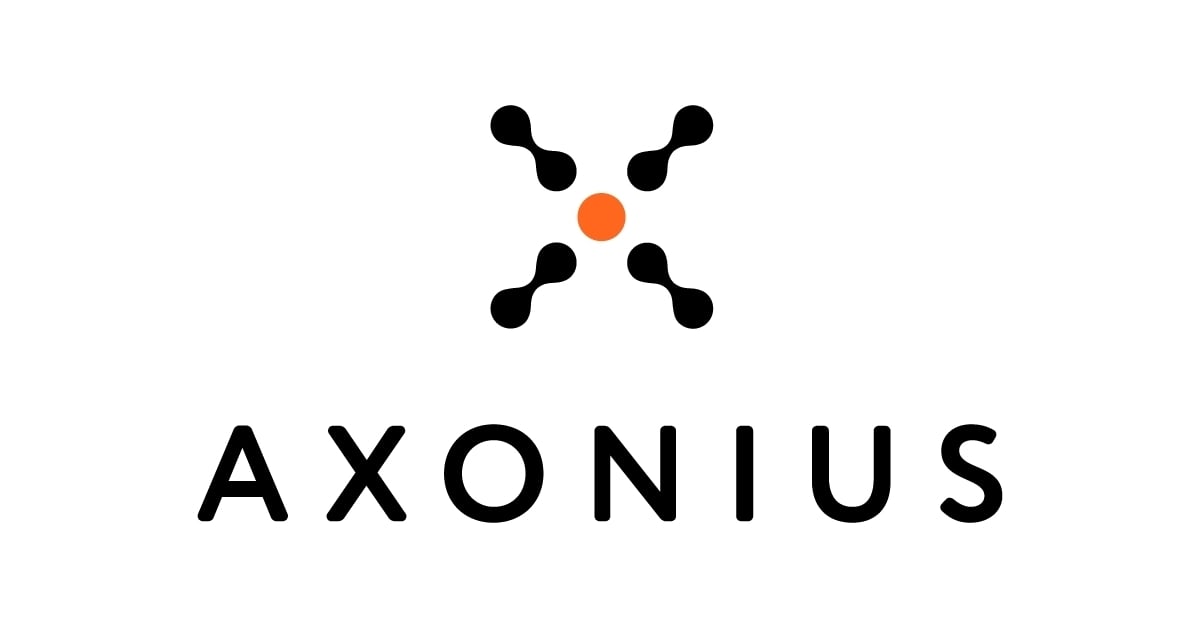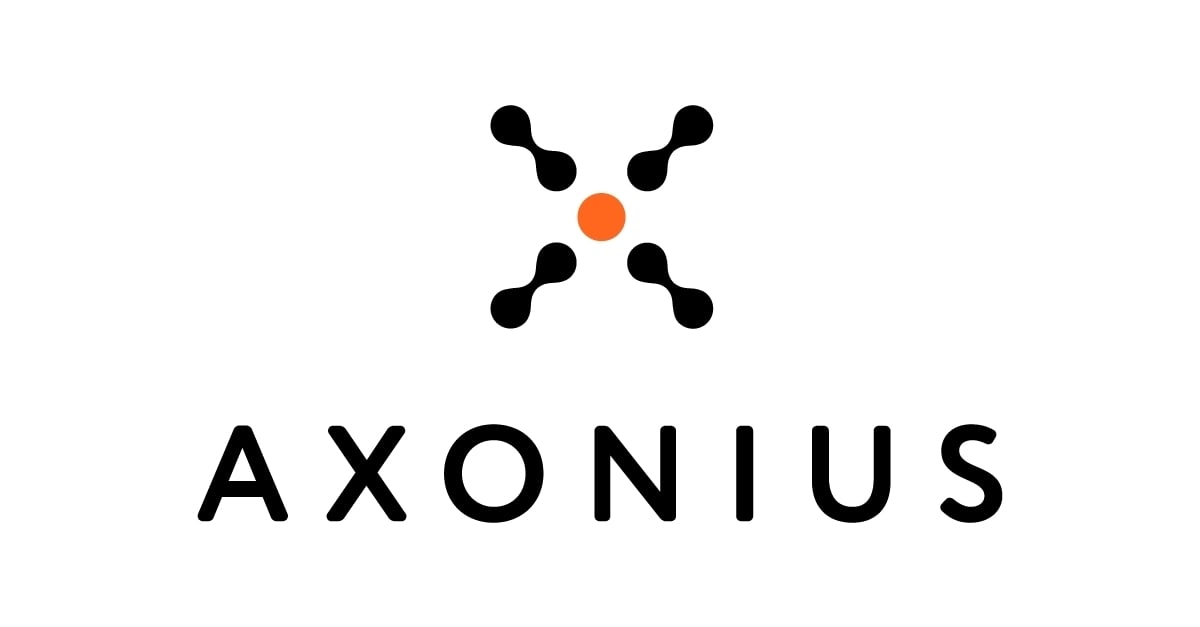Sponsored post for Gluware
Network automation can be transformative for an IT organization, but realizing the benefits of that transformation can take too long. Enterprise Management Associates (EMA) believes that part of the problem is a heavy reliance on homegrown network automation tools.
According to EMA’s new research on data center network automation, 86% of IT and network teams try to measure their return on investment (ROI) in data center network automation. Of those, 51% expect to earn that ROI within two years. This means that time-to-value is a major priority for them. The top benefits they try to target with this ROI are improved operational efficiency, reduced security risk, improved compliance, and increased network agility.
Homegrown Network Automation is Popular, but Potentially Challenging
Unfortunately, 35% of companies say that implementation of data center network automation is taking too long. One possible reason for this issue is homegrown software. Nearly 93% of companies are internally developing their own software for data center network automation. More than 24% say this is their primary approach to automating data center networks.
Homegrown software can take a long time to deliver value. Many network engineers have told EMA that they start by writing software to address a specific, narrow use case and build new features over time. It can take years to develop a full-featured network automation solution that delivers strong value.
Also, it’s hard to find people who can build it. Nearly 33% of companies identified skills gaps as their biggest challenge when trying to implement data center network automation. “Networking guys know the network very well, but we’re not programmers,” said a network architect with a $50 billion consulting company. “Programmers are great at coding, but they don’t understand networks at all. There are very few people who can put networking into code.”
“I think there is a lack of professionals on the market,” said a network engineering with a $3 billion medical research company. “That’s a big challenge, finding people who really know the data centers and how to automate.”
It’s Never Too Late to Embrace Commercial Network Automation
EMA believes that most companies are taking a diverse approach to network automation. Our research found that 93% of companies have two or more tools for data center network automation. Many of them have a mix of homegrown and commercial. The trick is finding a balance. You may have invested heavily in homegrown tools to date, but that shouldn’t stop you from pivoting to commercial software when it makes sense.
Many companies started developing homegrown software years ago, before there was a mature market of network automation vendors. Now that mature commercial options are available, they often feel it’s too late to change direction. “We developed our own years ago because vendors didn’t have what we needed,” a network automation engineer with a $3 billion cloud provider recently told EMA. “Nowadays, I’m sure we could find a commercial tool that could work for us, but it would be very difficult to change direction now.”
EMA believes that many companies can accelerate their time-to-value with network automation by pivoting to a commercial solution strategically. When the time comes to address new requirements, your best option may be a commercial tool.
Why do Companies Turn to Commercial Solutions?
Here are the top six reasons why companies adopt commercial data center network automation solutions, according to EMA’s research. When it’s time to expand your automation toolset, consider these issues before building more software on your own.
- Security and compliance requirements. Network automation tools often collect and store data that can be sensitive. They require robust role-based access controls to ensure that only authorized personnel can make changes to the network.
- Time-to-value: This blog has already noted that many companies struggle with a slow implementation of network automation. Network management vendors in general aim to deliver software that can be installed, tested, and validated rapidly. This is essential to their business viability. A mature vendor will have experience with successfully deploying its software in a wide variety of network environments.
- Better cross-team visibility into data: EMA research has found that 48% of network teams have network automation tools that require manual gathering of data in order to implement and validate a change. In other words, their tools don’t have a good source of truth about the network. Commercial tools focus on providing a central repository of data that provides visibility and streamlines operations.
- Breadth and depth of functionality: Many homegrown tools start by addressing a specific use case with a narrowly focused network automaton feature. Over time, they add new features that automate other use cases. It can take time to automate a significant portion of network operations. Commercial tools, especially mature ones, are built to address a wide variety of use cases. They can automate a broad set of network operations tasks fairly quickly.
- Customer support and services: When a company builds its own software, it has to maintain that software. If those original developers and engineers move on to a new company, they take their knowledge of the platform with them. A commercial vendor is going to guarantee that software support is always available.
- Platform requirements: Stability, scalability, and extensibility are platform issues that can undermine the effectiveness of homegrown network automation. As your network evolves and grows, it may be difficult for your custom-built software to grow and evolve with it. Scalability can definitely be a problem. Buggy code is also common. More importantly, EMA found that 86% of companies want their data center network automation tools to integrate with their automation in the LAN and WAN. Nearly 78% said they need their data center network automation to be extensible to the public cloud. It can be challenging for a homegrown tool to expand its scope in this manner.
Finally, your organization has probably invested a lot of time into its homegrown automation software, as well as a vast library of one-off scripts. EMA isn’t suggesting that you throw out all that work. Increasingly, commercial vendors are developing capabilities that allow you to leverage that existing work. For instance, if you’ve scripted a large number of playbooks for a homegrown tool that has open-source Ansible at its core, you’ll find that many commercial tool vendors are willing to support and integrate those playbooks.
Overall, commercial vendors are ready to help you modernize network automation in your environment. Don’t allow the sunk cost of homegrown software to hold you back. To find out how Gluware can help you realize the full benefits of network automation with a commercial alternative to homegrown software, visit check out their solutions.




